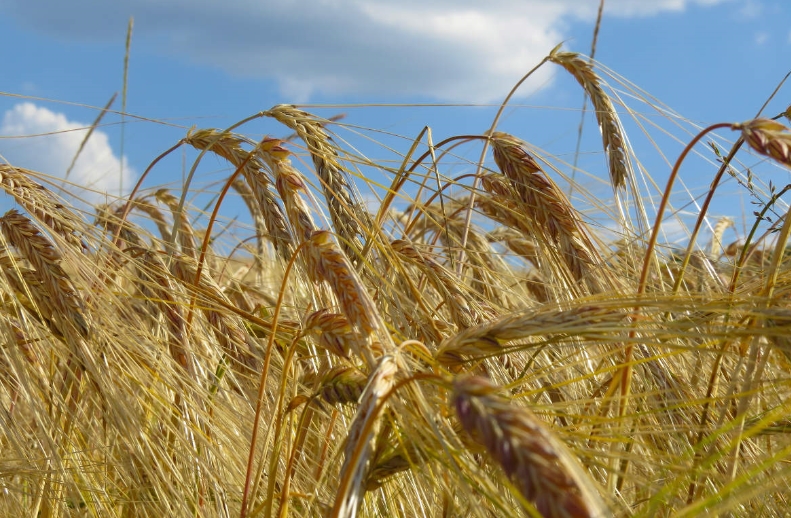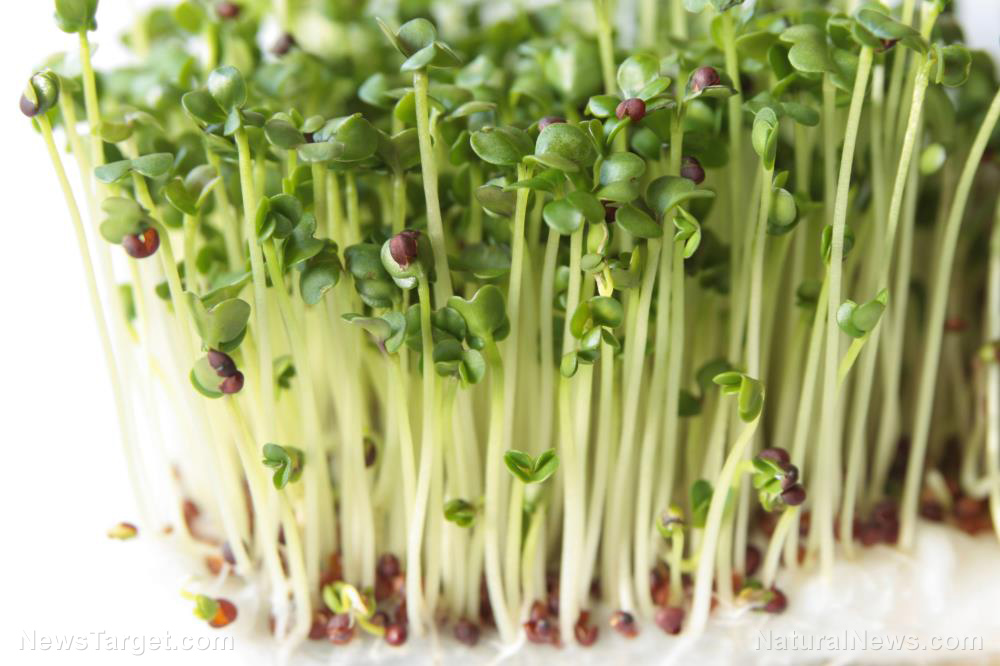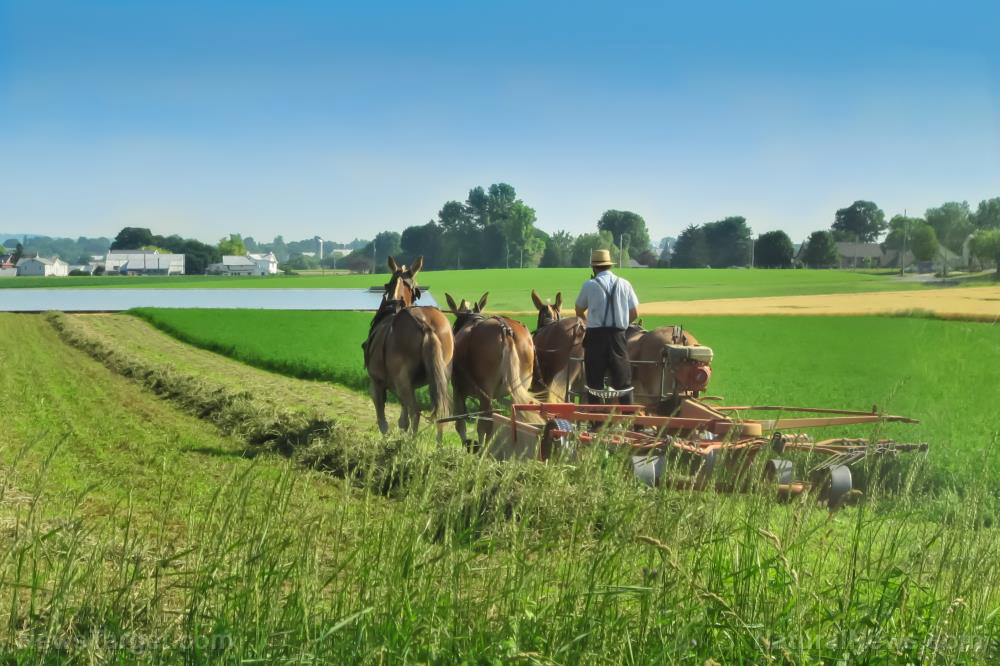
Wheat is a staple in any prepper's food security plan. But while it's good to stock up on food items such as wheat, it's better to learn how to grow your own so you have food supplies even after SHTF.
If you're planning on starting a home garden, learn how to grow red winter wheat that you can use for baking or even as animal feed for livestock. (h/t to SurvivalSullivan.com)
The 10 survival uses of red winter wheat
Here are ten reasons to grow and stockpile red winter wheat on your homestead:
- Red winter wheat's protein content is roughly 10.5 percent, making it an ideal flour for pan-baked breads, Asian-style noodles or hard rolls. You'll need a grain mill to grind the hard red wheat and hard white wheat into flour. You can mix the red or white wheat at a 1 to 1 ratio with standard flour to make bake goods that taste like they're made with regular flour.
- Wheat is extremely filling and it can be used to make bread, cereals, pasta or stews.
- Wheat berries can be prepared like rice and used to make filling casseroles, chili dishes, soups and stews.
- Wheat can be used as a bartering item during a long-term disaster.
- You can store wheat in five-gallon buckets with mylar bags for at least 25 years. Use buckets with a firm fitting lid and store them in a cool dry place to prevent insects from getting inside and moisture from seeping in and causing mold growth. Wheat is more shelf-stable compared to red winter wheat flour.
- Stockpiled wheat can be run through a grain mill and turned into flour for baking. A crank grain mill does not need electricity to function – always a plus during a long-term disaster.
- Cracked red wheat berries or wheat kernels can be cooked and used as a cereal alternative. Just add some fruit or sugar to make a healthy and tasty breakfast.
- Red winter wheat stalks can be used as straw for livestock bedding and seed covering. Even if you live in an apartment in the city, you can still grow wheatgrass sprouts in shallow containers for small livestock.
- Red winter wheat is extremely disease-, drought- and insect-resistant.
- Red winter wheat can be grown as a cover crop in the fall to infuse nutrients back into turned soil. This will help prepare the ground plot for seeds and plants cultivated in it the next spring.
Tips for planting red winter wheat
Plant red winter wheat in moist soil.
Note that the growing conditions specific to your soil type and current weather patterns will affect how heavily you plant the red winter wheat seeds. If you're experiencing dry conditions or drought near the end of the recommended planting date, don't wait for rain. Plant the seeds in the ground and water them.
When planting winter wheat seeds, have about 30 to 35 plants per square foot. With proper planting techniques, the typical red winter wheat survival rate is 70 percent.
Red winter wheat can be sown directly into the ground from late September through the middle of October. Depending on the agriculture growing zone you live in, you may need to plant slightly earlier or a little later. If you live in growing zone 6, plant the middle to the end of October. (Related: Food supply 101: Unusual sources of food when SHTF.)
Planting seeds later than the middle of October may produce a robust yield, but only if the seeds are in the ground before the first hard frost. Seed red winter wheat closer to the recommended start day to improve its chances of being winter hardy. If the plants that develop from the seed have at least three visible leaves and a crown that has developed, they could be strong enough to survive during winter.
Don’t plant wheat seeds too early and cultivate them before the recommended time in the fall for your growing zone because they might mature too much. If the seeds undergo excessive growth, the plant might develop mold during a chilly rain or snow increase.
How to plant red winter wheat
- Till or rake the ground where you're going to plant the seeds. Turn the ground at a depth of at least one to two inches.
- Sow the seeds directly on top of the turned soil. Walk along the rows you tilled and spread them by hand.
- When planting on dry ground, even after tilling, spray the area with a garden hose to water. Use a wide and light spray setting to avoid disturbing the seeds.
- Sprinkle hay or straw sheaves lightly over the broadcast seeds. Don't cover the seeds too heavily or they won't receive the sunlight and rain they need to grow. Lightly covering the seeds with hay or straw prevents birds from eating the seeds. It also creates enough humidity to help the seed get a good start in the growing process.
- Harvest red winter wheat in the spring. How you harvest it depends on what you want to do with the yield. Depending upon your growing zone, red wheat may take seven to eight months before it's mature enough to harvest.
Storing red winter wheat berries
You can harvest the berries when red winter wheat has matured and the tops are starting to turn yellow. Run the tops of the wheat stalks through your hands to shake the berries loose into a bucket.
If you miss any berries, thresh or smack the stalks against your bucket to release them.
Pour out the wheat berries onto plastic sheeting or a tarp to dry. To speed up the drying process, winnow or gently toss the wheat berries up into the air a few times by holding onto all four edges of the tarp. Once the red wheat berries are dried, store the berries in an airtight container to increase their shelf life.
Grow red winter wheat in your home garden so you have access to a nutritious and shelf-stable ingredient when SHTF.
Sources include:
Please contact us for more information.





















